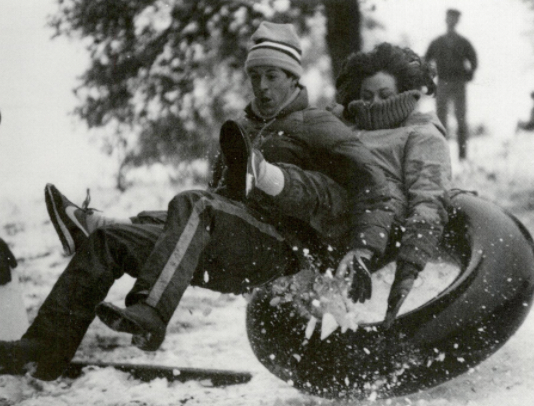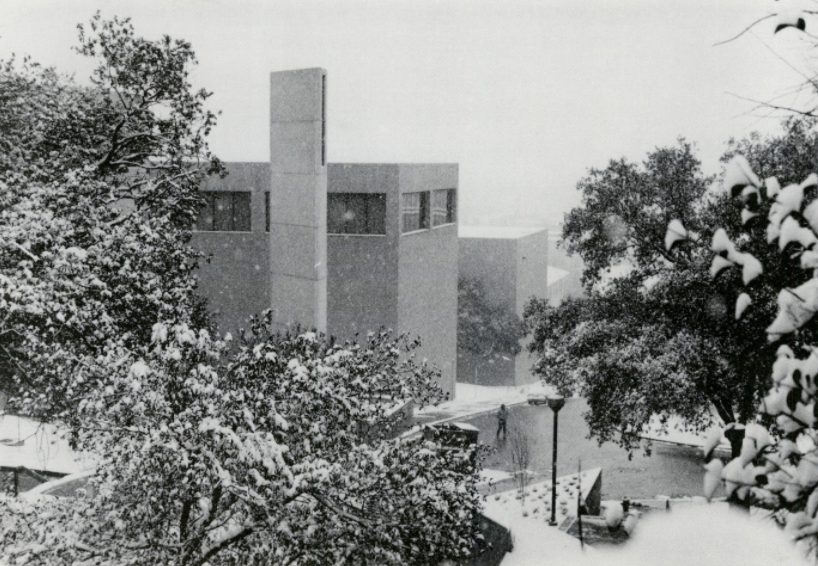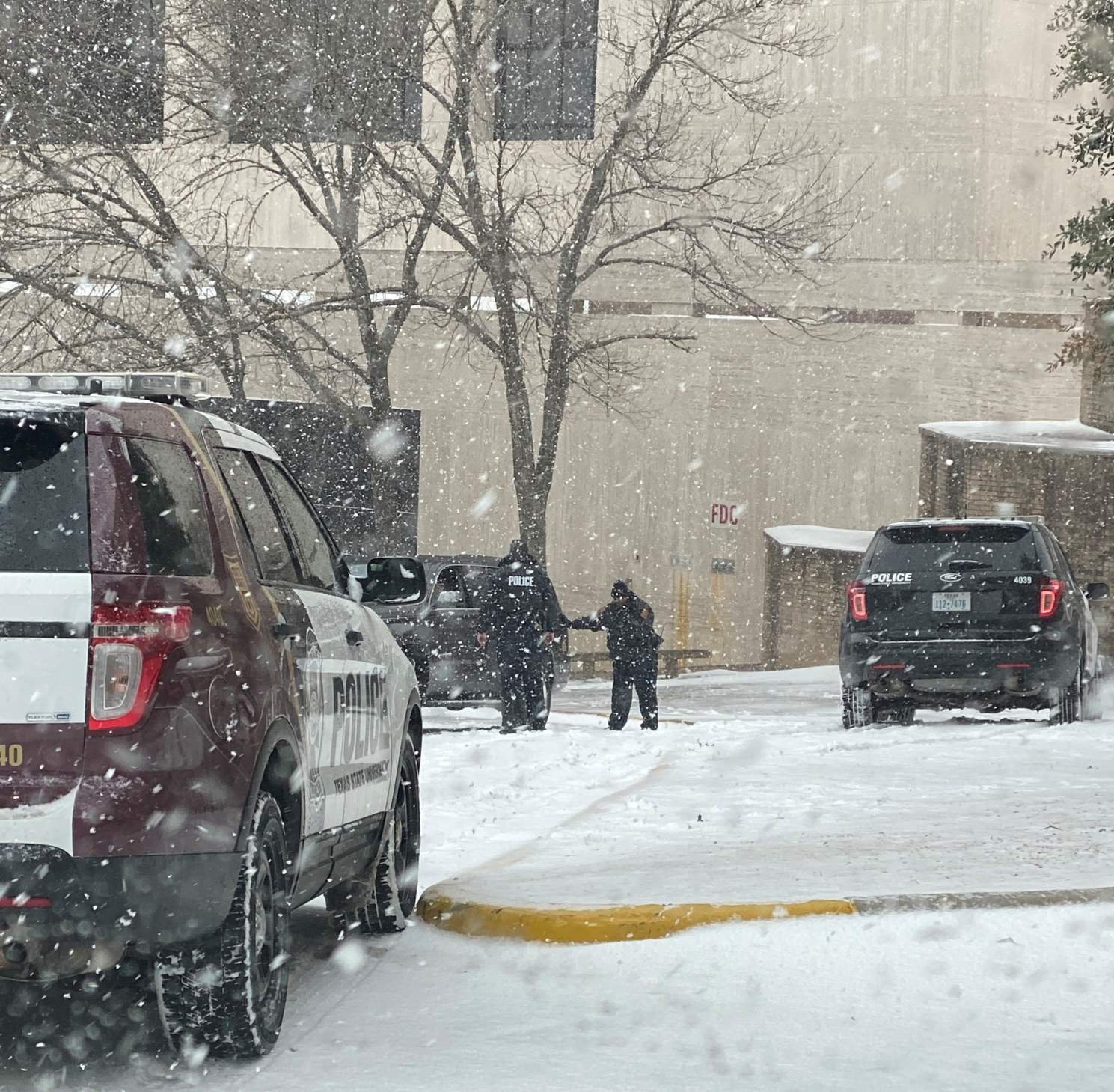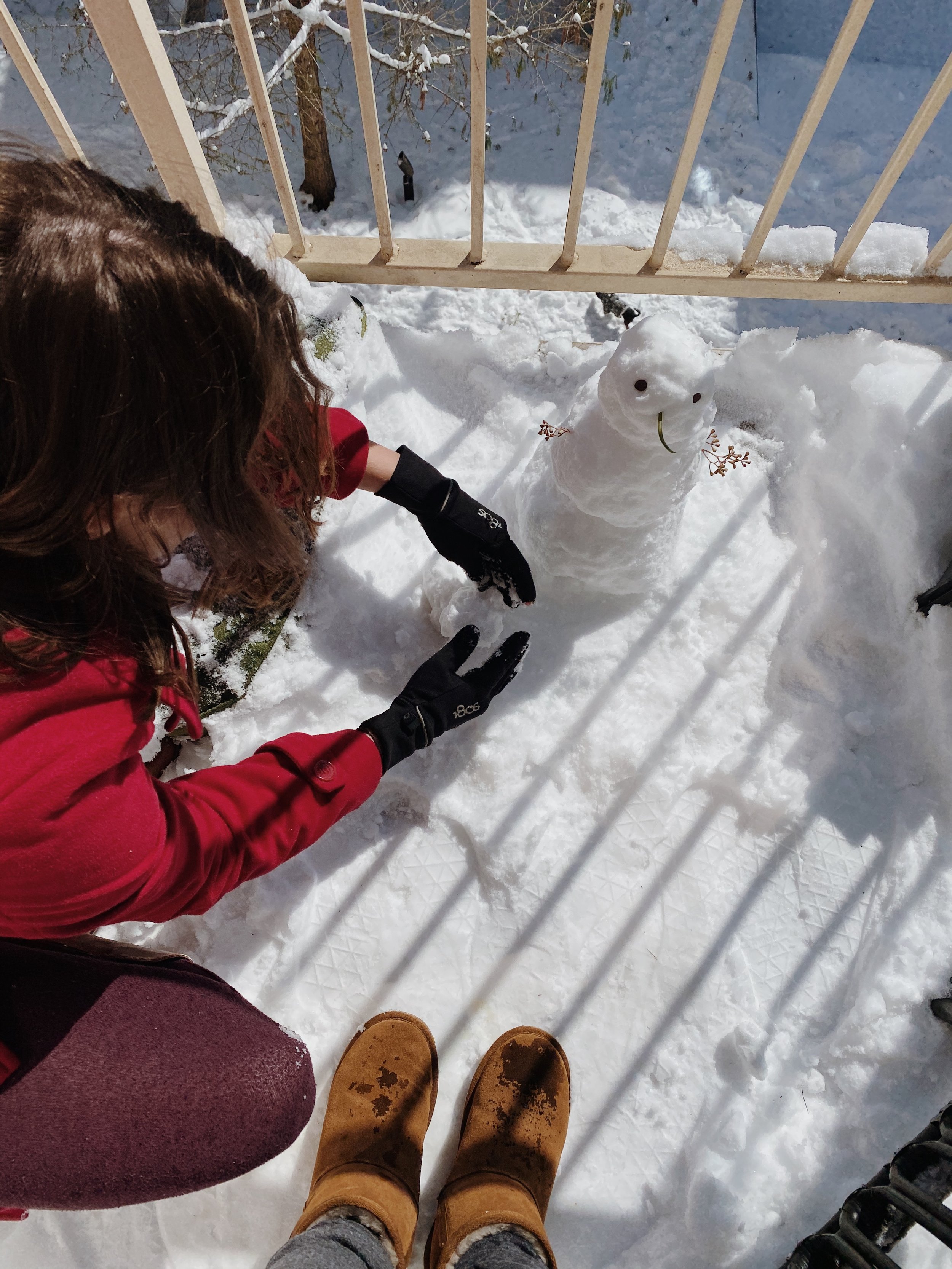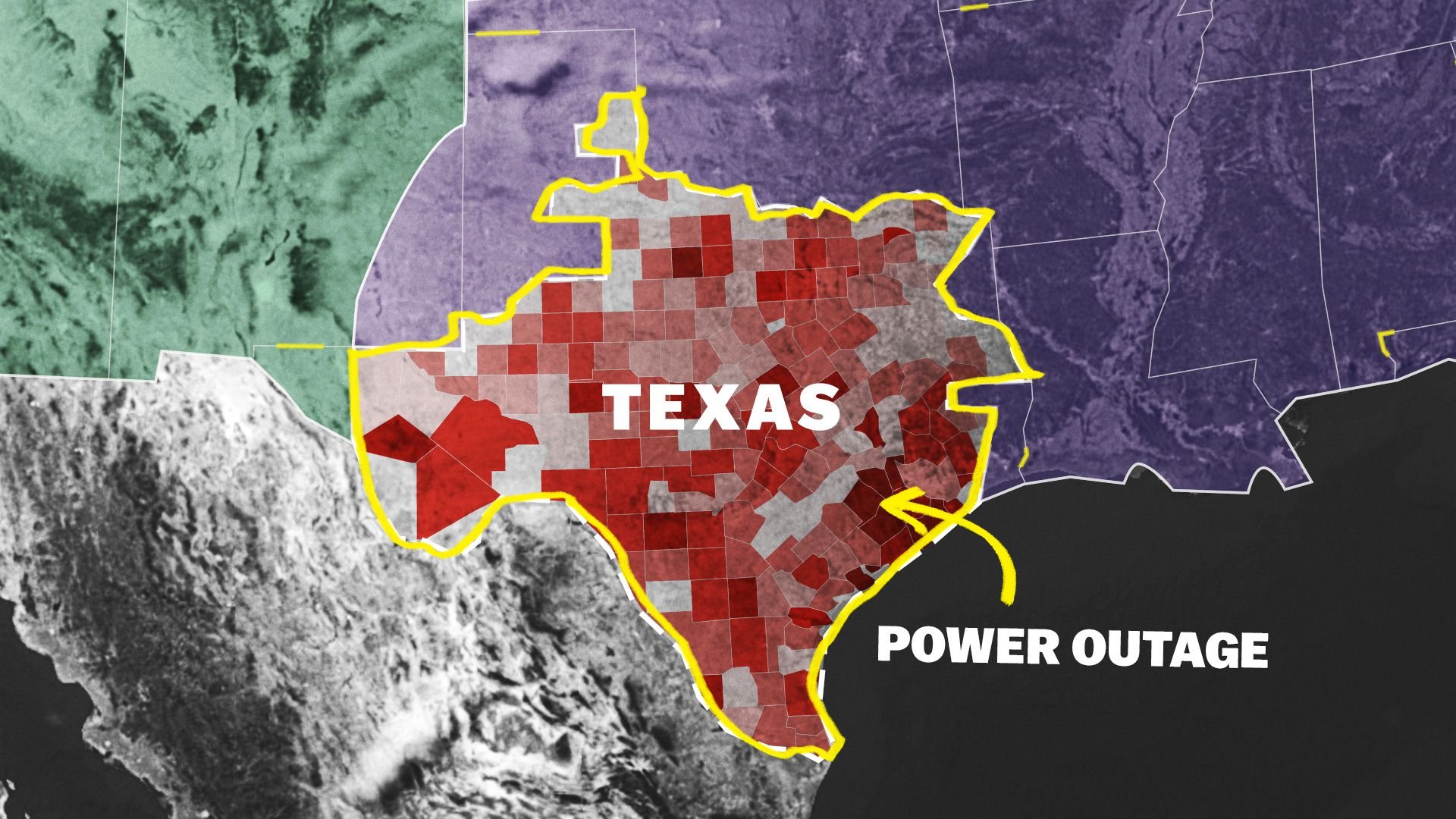Memory Lane : Snow at Texas State
Texans can persevere through temperatures over 100 degrees, humidity that lasts for months, and swarms of summer mosquitos. But when the snow starts falling, it’s all out panic.
Since 1989, there have been about 50 snow storms with a total of only 90 inches. Let’s take a look at these rare storms that happened in Texas State history.
Snow at Texas State, early 1900’s
1899
The Arctic Freeze happened in conjunction with Texas State’s founding year. This freeze spread across the US around Valentine’s day and was in the negative temperatures in Texas. Luckily, students weren’t on campus this year and were able to avoid freezing in the dorms.
Courtesy of Texas State Archives
1964
This year, the campus had a little snowfall of about 3 inches. Many students skipped class to build snowmen in the shallow snow.
“It was obvious that the snow didn’t raise SWT’s image as a sophisticated campus any, but it afforded a chance for a lot of fun. After all, you can get sophisticated any day of the year, but it only snows once ever decade around here.” -1964 Pedagog
Snowball fight, 1964, Courtesy of Texas State Pedagog
1985
In January of 1985, snow blanketed the campus of Texas State and caused canceled classes for the first day of Spring semester. This storm was noted as the worst in San Marcos history with a record 7 inches. This was the first time many Texas State students had seen snow, so the blizzard caused more fun than panic. You could see students sledding on makeshift sleds of cardboard, throwing snowballs and making snowmen across campus.
2004
This year was one of the few times in the 2000’s with snow. South Texas accumulated about 4 inches on Christmas Eve, naming this snowfall The White Christmas. Most people have fond memories of this year.
White Christmas, 2004
2021
Aptly named Snowpocalypse, this snow storm led to the failure of the entire Texas electricity grid. While the snow in 2004 brought fond memories, this storm was devastating to the state. Hundreds froze to death, water pipes burst, and many people had no water, electricity or wifi for almost a week. Most cities didn’t own snow plows, so people were stuck in their homes with little access to food.




